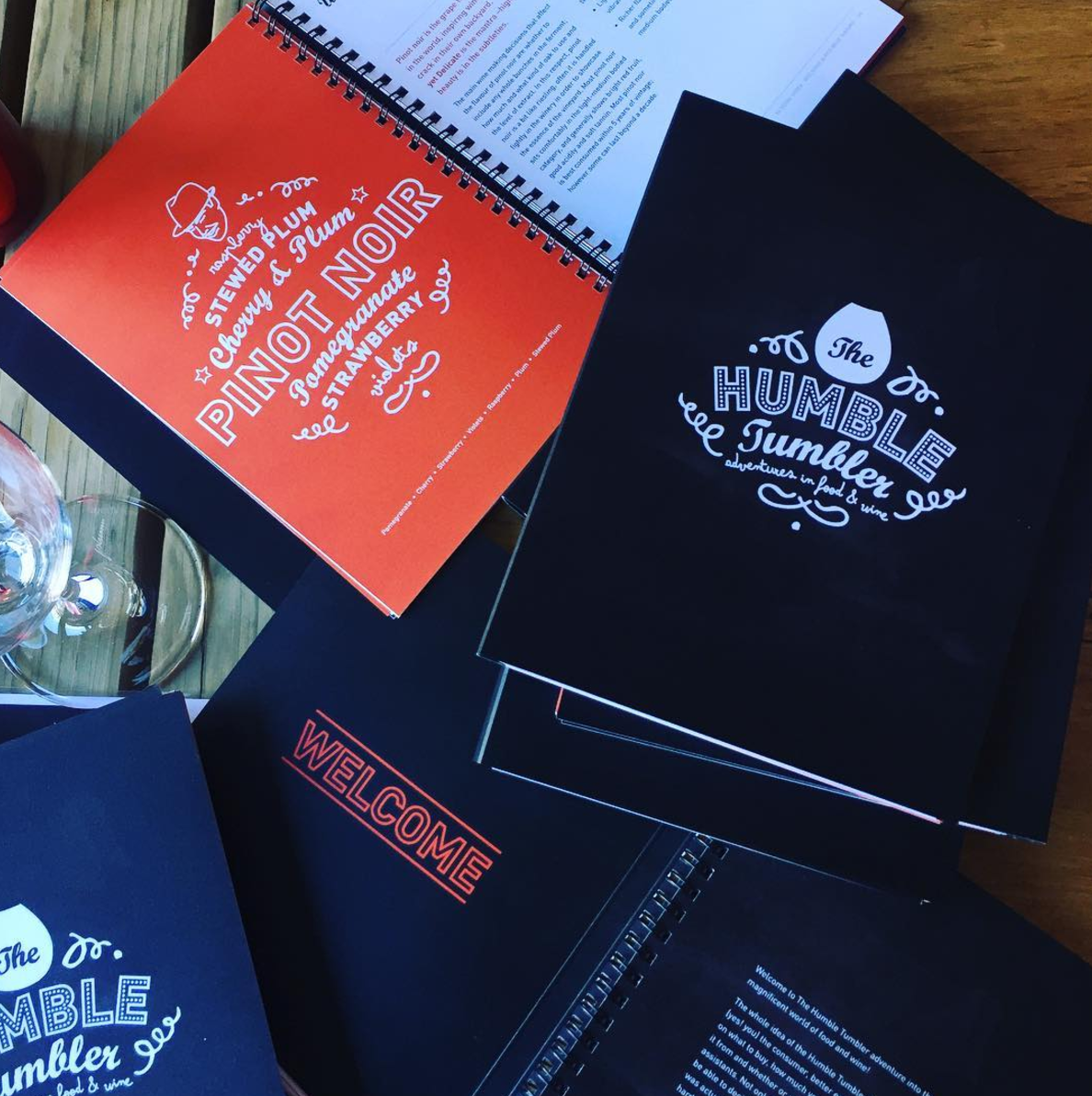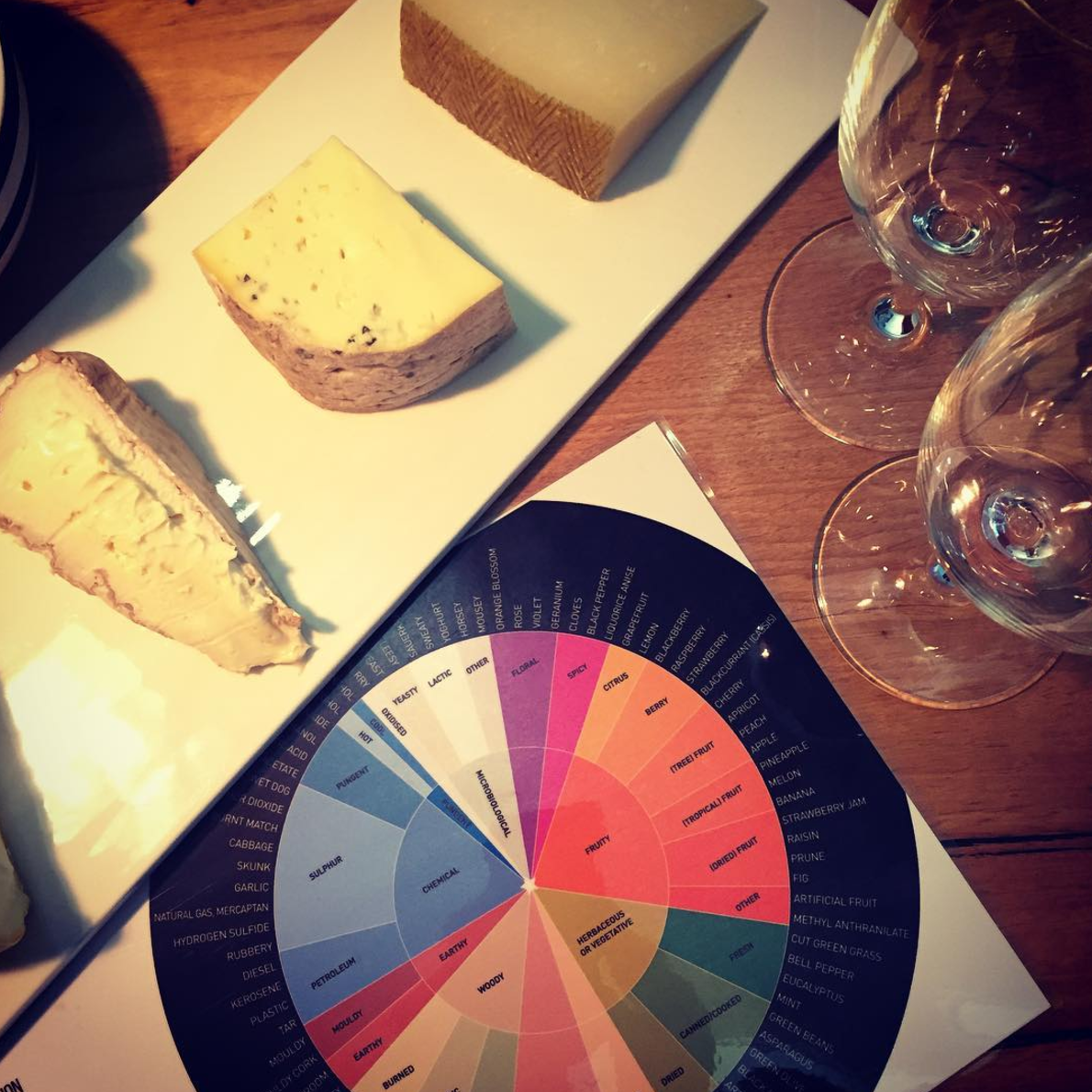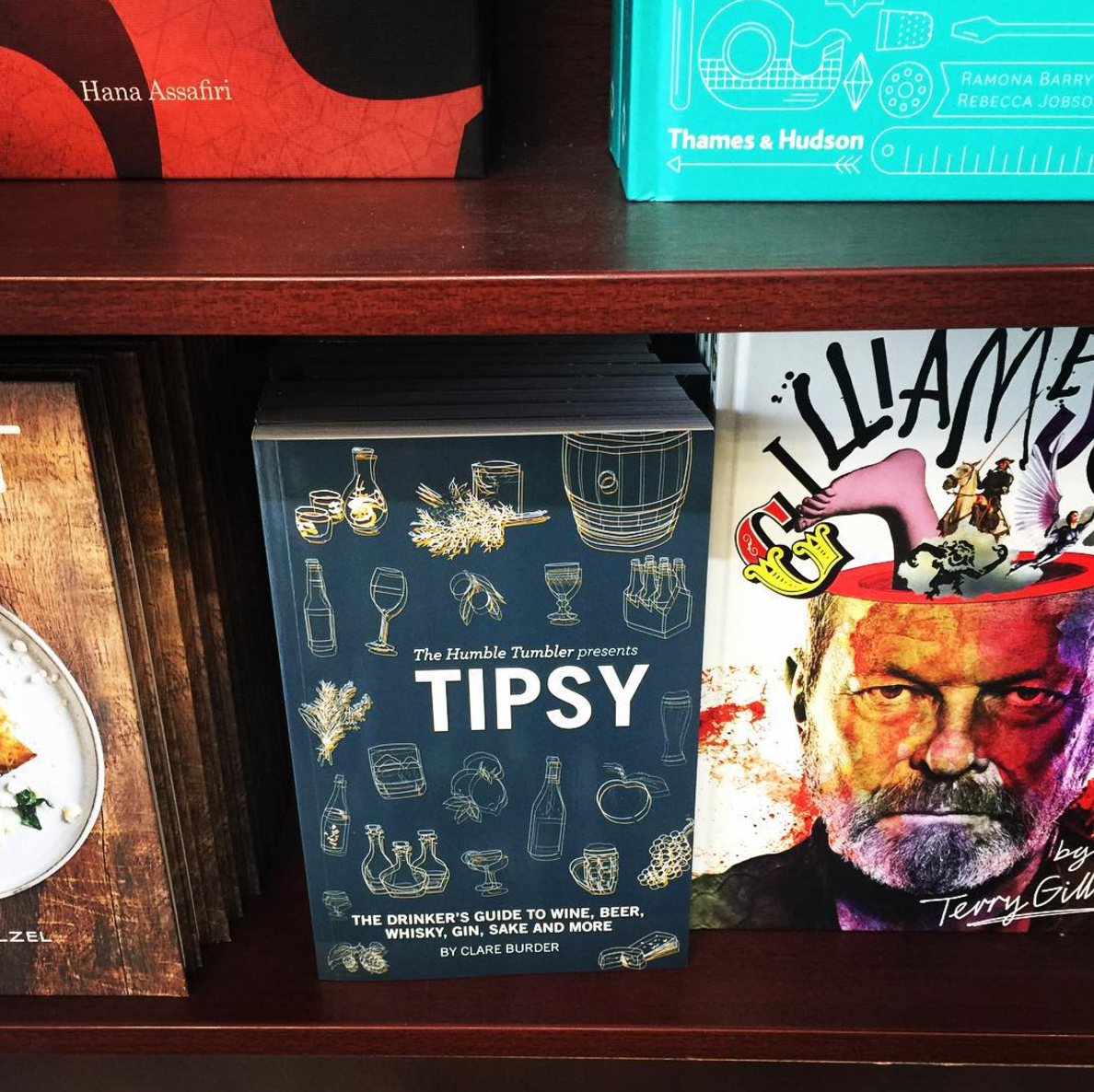Like all things wine (and food for that matter), picking a perfect match for your dinner is an art, not a science. Even ‘textbook’ pairings, such as a gutsy red with stew, or a citrusy white with prawns, can have all sorts of exceptions. A lot depends on sauces, accompaniments and cooking style. So read on friends, for all the essentials on making the most of the flavour on your table. 
Before we start…
There’s one thing to remember if you’re planning a fancy food-and-wine dinner party: whenever possible, start with the wine, not the food. Why? Because as master of the kitchen, you can always change the dish, but the wine is stuck as it is. From there you have three main things to remember:
1. Try to match the weight of the wine with the weight of the food. So light food with light wine, heavy food with heavy wine.
2. Consider the structural elements (the bones) of the wine and how they interact with food. Are you seeking to harmonise or contrast? Harmony is oysters and riesling, contrast is blue cheese and sweet wine. Harmony is generally easier.
3. Don’t underestimate the effect of ‘bridging ingredients’ – the big one. Adding in the right bridging ingredient is like mastering an album: think green olives for white wine and black olives for red wine. Butter for richness, citrus for freshness. Cheese for body, and mushrooms for earthiness. It’s important to note that charcuterie goes with everything #overachiever

Five Classic Food And Wine Matches
Pinot noir and roasted duck
Because the fat in duck is super rich and a nice contrast to the acid in a Pinot. The flavours meld well together, especially the cherry notes, and the flavour intensity is also similar.
Fino sherry with anchovies and green olives
Anchovies especially have an umami tang, which is tricky for wine to deal with. But Fino has a little umami too – meaning all the harmony you ever need is there.
Riesling and oysters
They’re both pure and unadulterated, light in flavour, texture driven and clean on the finish.
Cabernet sauvignon and steak
The fat tames the tannin in the wine, making it seem softer. The charred bitterness from the grill also acts to counteract the herbaceous and bitterness in the wine, meaning it seems more fruit driven. But it’s mostly about the fat. #PassTheWaygu
Sangiovese and osso bucco
This is mostly an acid thing: again the fat tames the dusty tannin in the Sangiovese, while the acid from the tomatoes helps to soften the acid in the wine. The effect is an overall moderating of the wine, which will have you lining up at Lupino stat.

About the Author:
The Humble Tumbler began life in 2012 as a four-week wine course and textbook written by Clare Burder, aimed at unravelling the mysteries of wine without losing any of the fun. This guest post is an edited extract from the excellent wine book “Tipsy” written by the Humble Tumbler team, now available on Tipple.
